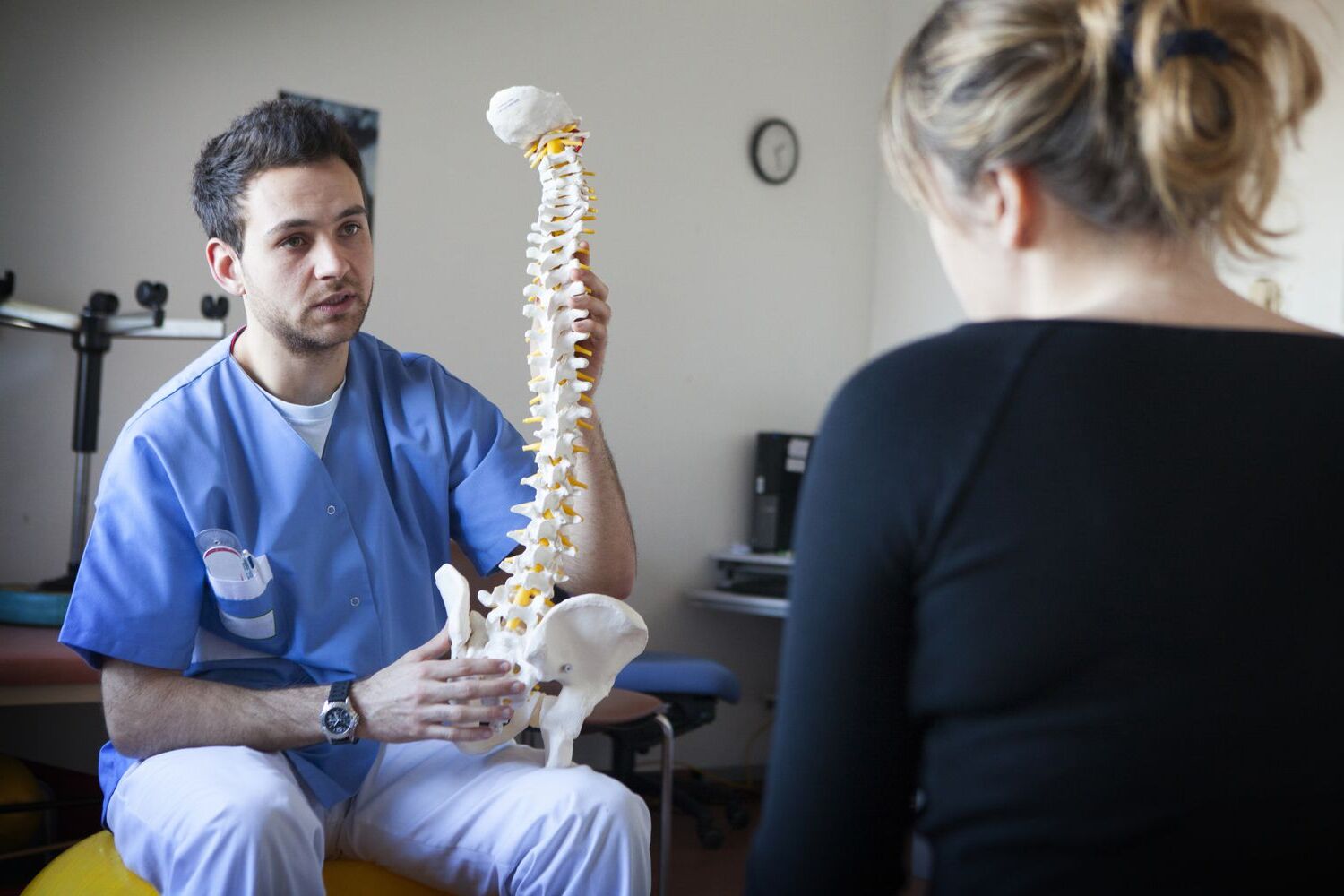
Arachnoiditis is a rare but serious condition that affects the arachnoid, one of the membranes surrounding the nerves of the spinal cord. Characterized by severe pain, neurological problems, and inflammation, this condition can drastically impact daily life. Causes include infections, spinal injuries, and complications from surgeries or injections. Symptoms often mimic other conditions, making diagnosis tricky. Treatments focus on pain management and improving quality of life, as there's no cure yet. Understanding arachnoiditis is crucial for those affected and their loved ones. Here are 50 facts to help you grasp the complexities of this challenging condition.
What is Arachnoiditis?
Arachnoiditis is a rare, painful condition affecting the arachnoid, one of the membranes surrounding the nerves of the spinal cord. This condition can cause chronic pain and neurological problems. Here are some intriguing facts about arachnoiditis.
- Arachnoiditis gets its name from the arachnoid membrane, which resembles a spider web.
- Inflammation of the arachnoid membrane leads to the condition.
- Chronic pain is a hallmark symptom, often described as burning or stinging.
- Nerve roots can stick together due to inflammation, causing severe pain.
- Spinal cord involvement can lead to significant neurological issues.
- Causes include infections, surgeries, and spinal injuries.
- Chemical irritants like myelograms can trigger arachnoiditis.
- Autoimmune disorders may also play a role in its development.
- Symptoms can vary widely, from mild discomfort to debilitating pain.
- Diagnosis often involves MRI scans to visualize the affected area.
Symptoms and Diagnosis
Understanding the symptoms and how arachnoiditis is diagnosed can help in managing the condition better.
- Tingling or numbness in the legs is a common symptom.
- Muscle cramps and spasms can occur frequently.
- Bladder and bowel dysfunction may develop in severe cases.
- Sexual dysfunction is another possible symptom.
- Fatigue is often reported by those affected.
- MRI scans are the most reliable diagnostic tool.
- CT scans can also be used but are less detailed.
- Electromyography (EMG) tests the electrical activity of muscles.
- Nerve conduction studies help assess nerve damage.
- Spinal tap may be performed to rule out other conditions.
Treatment Options
While there is no cure for arachnoiditis, various treatments can help manage the symptoms.
- Pain management is crucial, often involving medications like NSAIDs.
- Physical therapy can improve mobility and reduce pain.
- Epidural steroid injections may provide temporary relief.
- Nerve blocks are another option for pain control.
- Surgery is rarely recommended due to the risk of worsening symptoms.
- Alternative therapies like acupuncture can be beneficial.
- Psychological support is essential for coping with chronic pain.
- Lifestyle changes such as regular exercise can help.
- Dietary adjustments may improve overall health and well-being.
- Support groups offer emotional and practical support.
Living with Arachnoiditis
Managing daily life with arachnoiditis involves various strategies to cope with the condition.
- Adaptive devices like canes or walkers can aid mobility.
- Home modifications may be necessary for safety and comfort.
- Workplace accommodations can help maintain employment.
- Stress management techniques are vital for mental health.
- Regular check-ups with healthcare providers are important.
- Education about the condition empowers patients and families.
- Advocacy for better treatment options is ongoing.
- Research continues to seek better understanding and treatments.
- Awareness campaigns aim to educate the public about arachnoiditis.
- Funding for research is crucial for future advancements.
Research and Future Directions
Ongoing research is essential for improving the lives of those with arachnoiditis.
- Stem cell therapy is being explored as a potential treatment.
- Gene therapy may offer future solutions.
- Clinical trials are testing new medications and therapies.
- Patient registries help collect data for research.
- Collaborative efforts between researchers and clinicians are vital.
- Innovative imaging techniques are improving diagnosis.
- Biomarkers are being studied to predict disease progression.
- Animal models help in understanding the disease mechanisms.
- International conferences facilitate knowledge exchange.
- Patient advocacy groups play a key role in research efforts.
Final Thoughts on Arachnoiditis
Arachnoiditis is a serious condition that affects the spine's arachnoid membrane, leading to chronic pain and neurological issues. Understanding its causes, symptoms, and treatment options can help manage this debilitating disease. Key factors include inflammation due to infections, surgeries, or injuries. Symptoms range from severe pain to muscle cramps and bladder issues. While there's no cure, treatments like physical therapy, medications, and lifestyle changes can improve quality of life. Early diagnosis and intervention are crucial for better outcomes. Staying informed and proactive in managing health can make a significant difference. If you or someone you know shows symptoms, consult a healthcare professional immediately. Knowledge and timely action are your best tools in dealing with arachnoiditis.
Was this page helpful?
Our commitment to delivering trustworthy and engaging content is at the heart of what we do. Each fact on our site is contributed by real users like you, bringing a wealth of diverse insights and information. To ensure the highest standards of accuracy and reliability, our dedicated editors meticulously review each submission. This process guarantees that the facts we share are not only fascinating but also credible. Trust in our commitment to quality and authenticity as you explore and learn with us.


